Dreidel Dance
-
Ships in 1 to 2 weeks
Details
Description
SKU: CF.SPS76
Composed by Robert Thurston. SWS FS. Carl Fischer Symphonic Performance Series. Set of Score and Parts. With Standard notation. 2+12+12+6+12+12+12+6+6+6+6+6+6+6+6+6+4+4+4+4+6+6+6+6+9+12+4+2+6+20+32 pages. Duration 4 minutes, 40 seconds. Carl Fischer Music #SPS76. Published by Carl Fischer Music (CF.SPS76).ISBN 9781491147719. UPC: 680160905218. 9 x 12 inches.
Dreidel Dance is a lighthearted theme-and-variations mashup of The Dreidel Song and Hava Nagila, running both tunes through a stylistic funhouse and winding up in a flurry of high-speed energy. This arrangement is not for the faint of heart, but this whirlwind presentation by master arranger Robert Thurston is well worth the effort.
Dreidel Dance is a lighthearted theme-and-variations mashup of “The Dreidel Song” and Hava Nagila, running both tunes through a stylistic funhouse and winding up in a flurry of high-speed energy .The piece is written without key signatures, but only because of the frequency of key changes and certain sections in heavily sharped or flatted keys . Take extra care with accidentals and be sure they apply throughout a given measure . If a courtesy “reset” accidental doesn’t appear in the following measure, assume the note is natural .The statement of the melody at mm . 16-31 is intentionally scored to sound a little treble-heavy and “toy-like .” At mm . 32-41, the mood turns a bit cartoonish—the solo trumpeter should feel free to experiment with mute/plunger combinations to heighten the comic effect .At m . 59, even though the horn section doubles the solo clarinet line, the clarinet should be the prominent voice, and the clarinetist can give the line a bit of klezmer attitude! Likewise, the solo alto sax at m . 110 and the solo clarinet at m . 111 should have free expressive rein in the klezmer style . In a similar vein, the trumpet section soli at m . 98 almost begs for a bit of mariachi flavor—not exactly what a listener might expect in a Hanukkah piece, but that’s part of the fun and surprise .Tempo is crucial throughout the piece, increasing a few clicks at a time through the various mood changes before slowing into that noisy chord at m . 163 . At the “Molto pesante” (m . 165), once you begin the accelerando in m . 167, it should keep accelerating all the way to m . 173 . Then, make the most of the allargando before launching into the coda at m . 175 to finish at the fastest tempo the ensemble can handle—as my college band director, the late Dr . Jim Croft, used to like to say, “As fast as possible, but no faster!”.
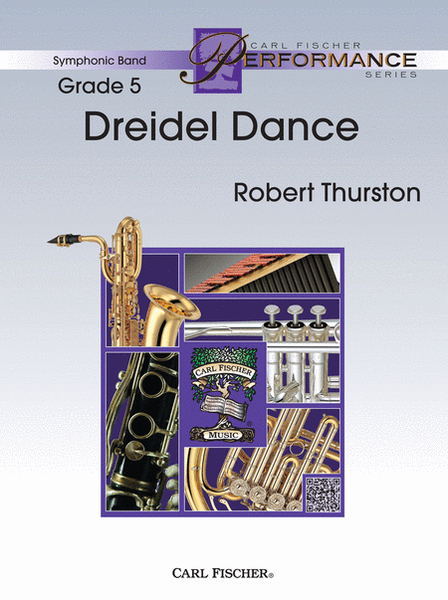
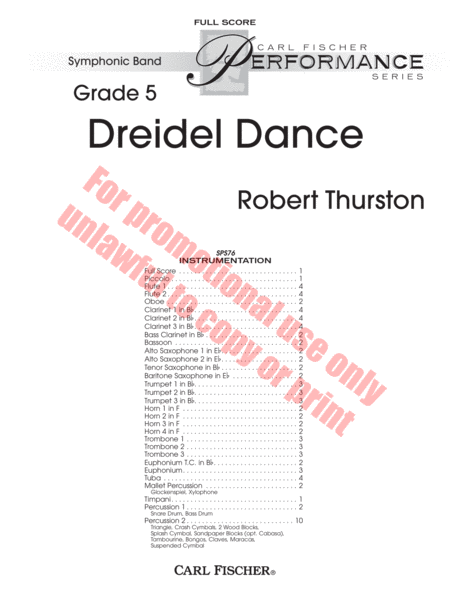
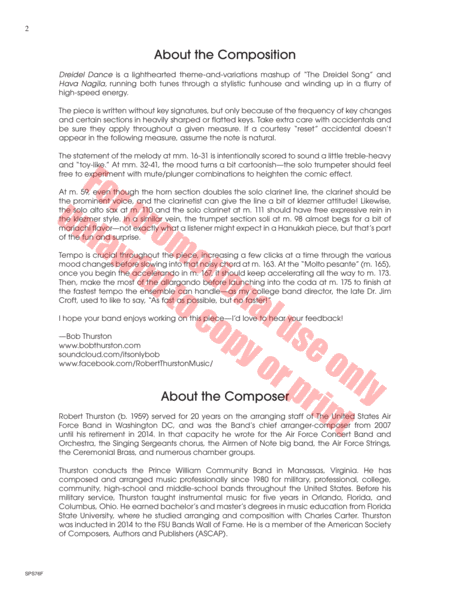
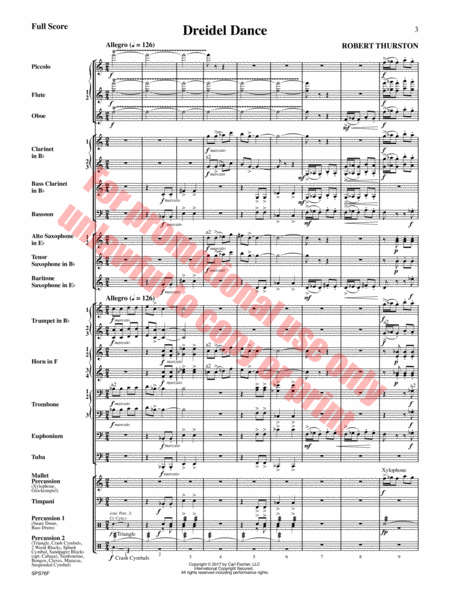
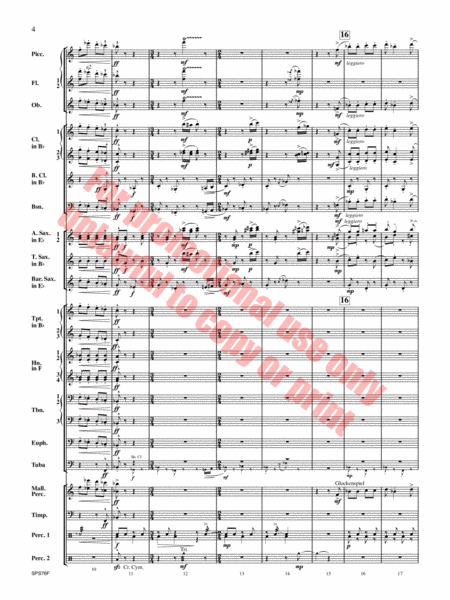
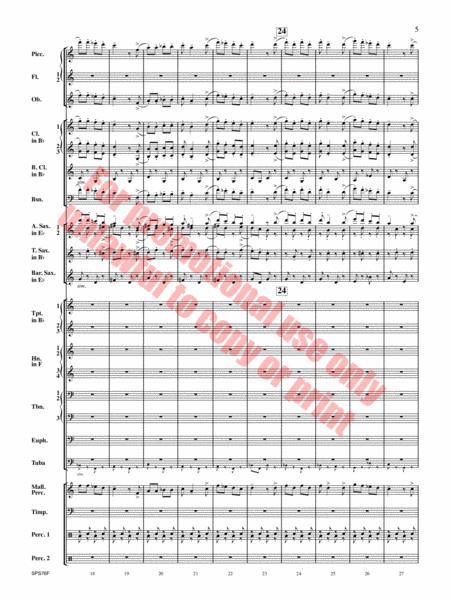
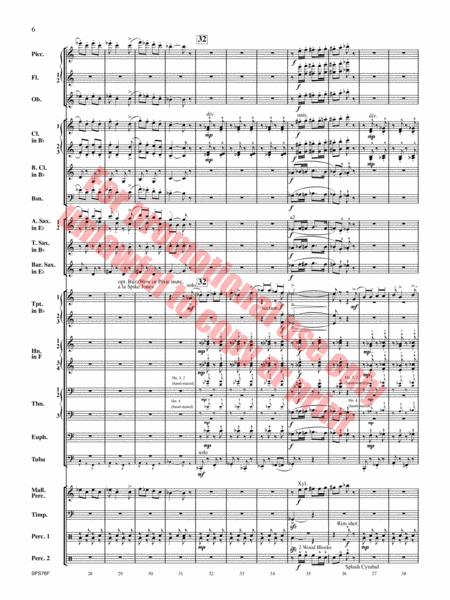
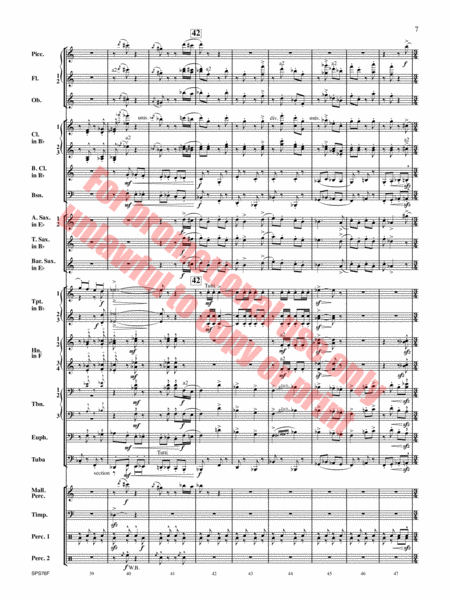
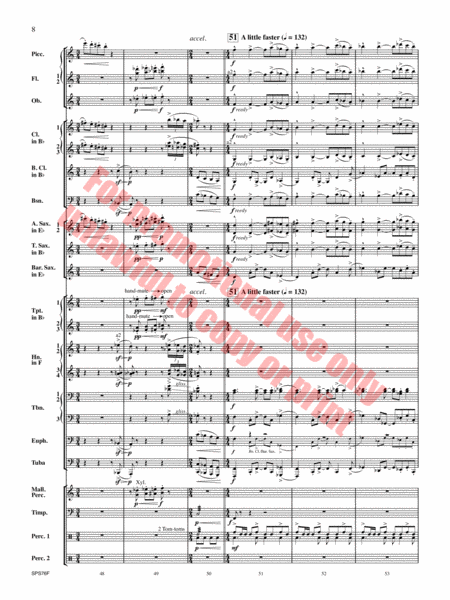
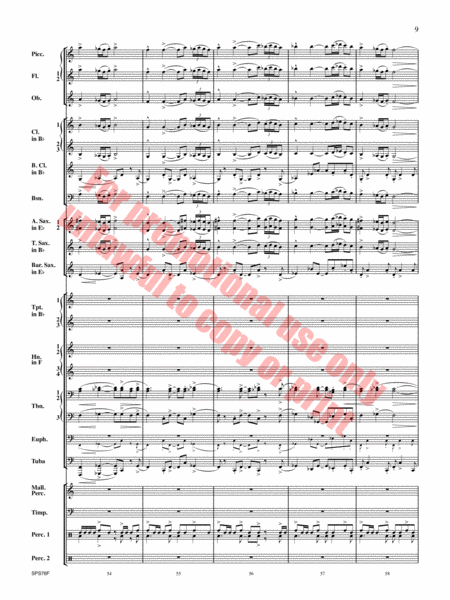
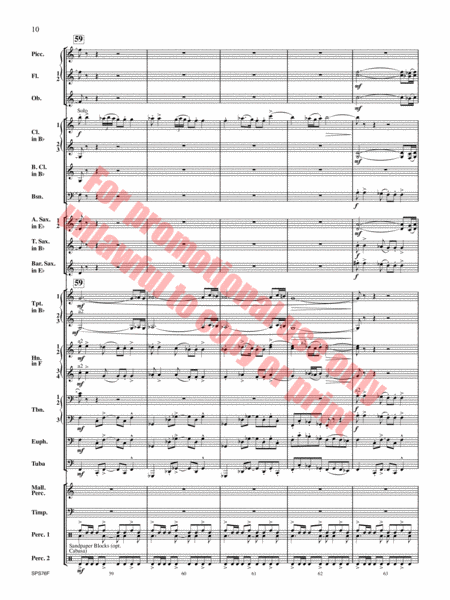
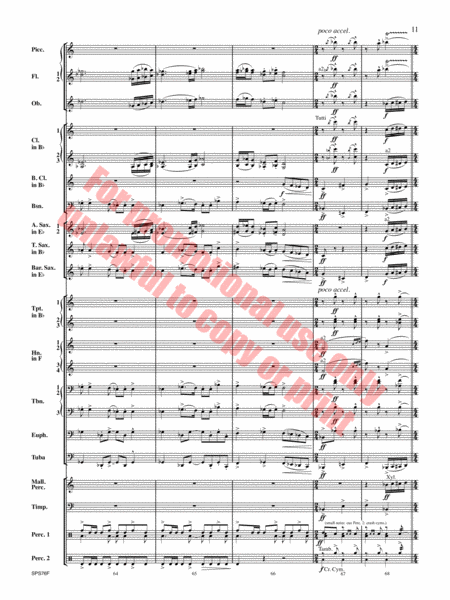
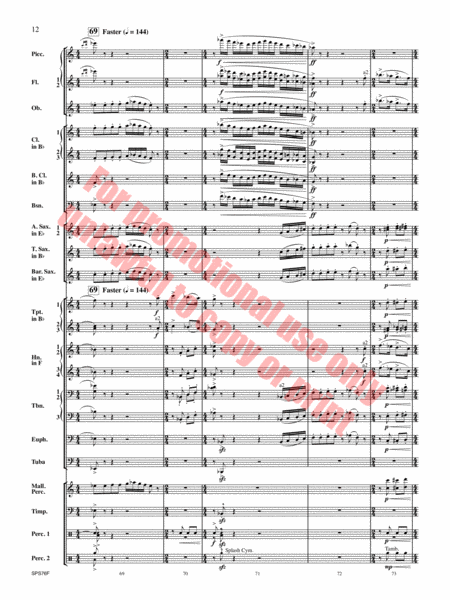
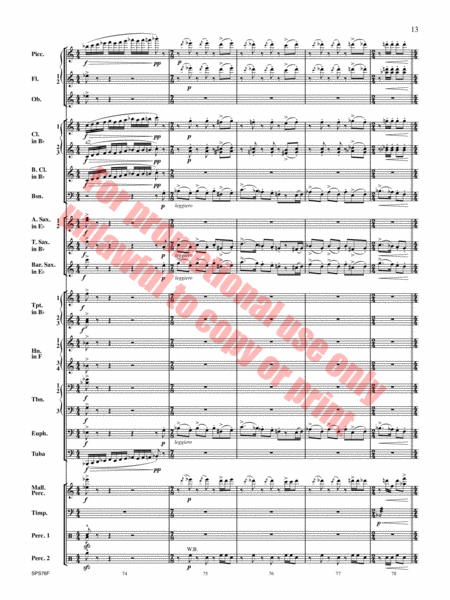
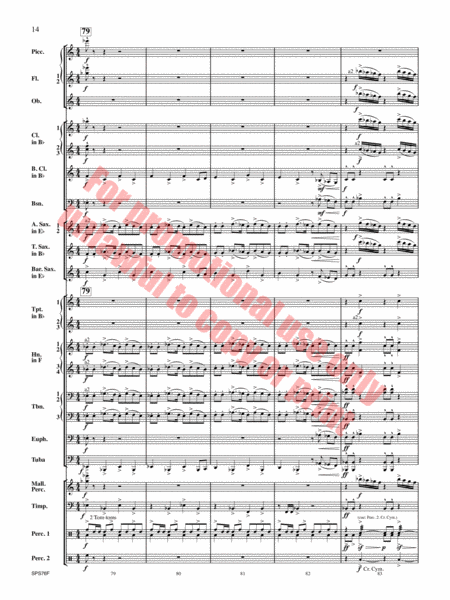
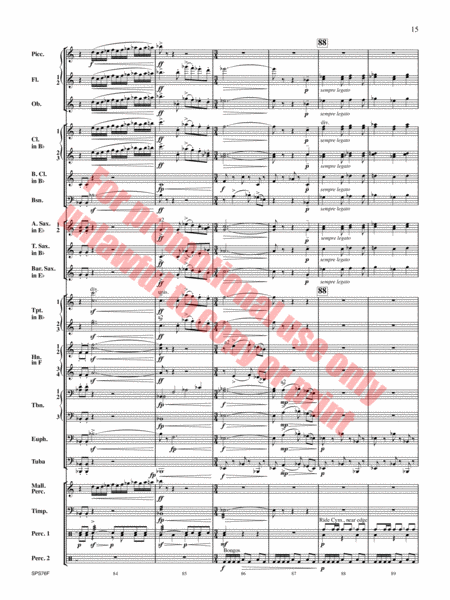
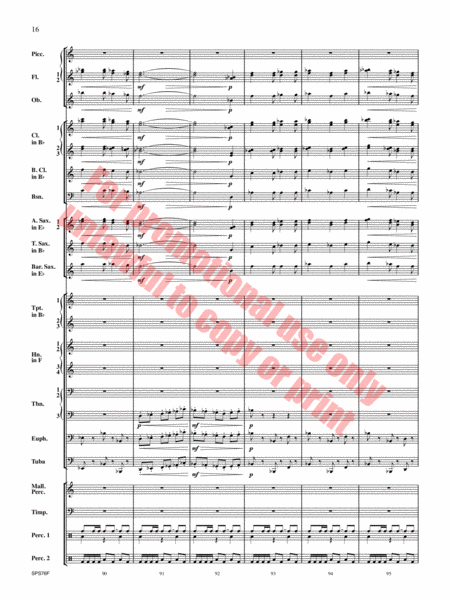

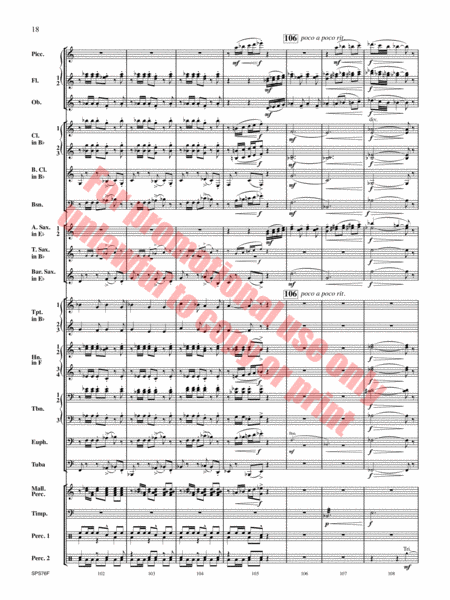
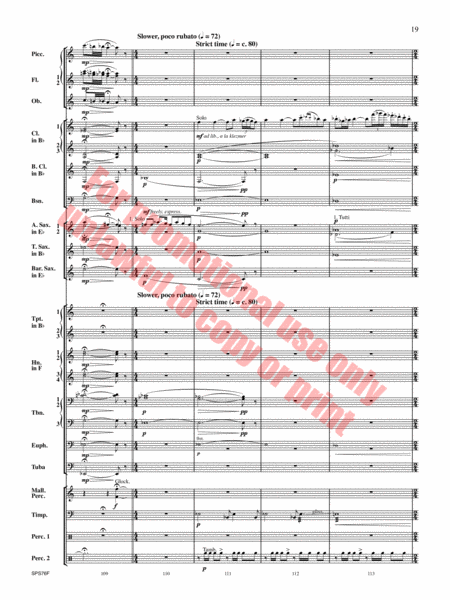
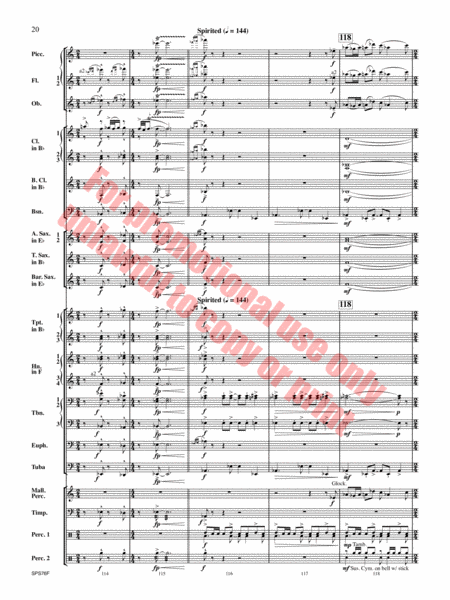
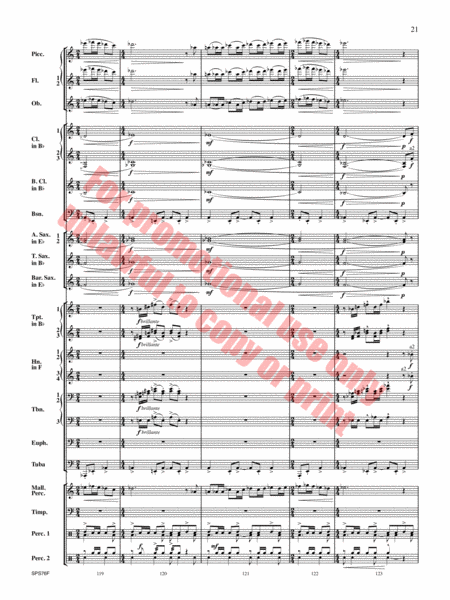
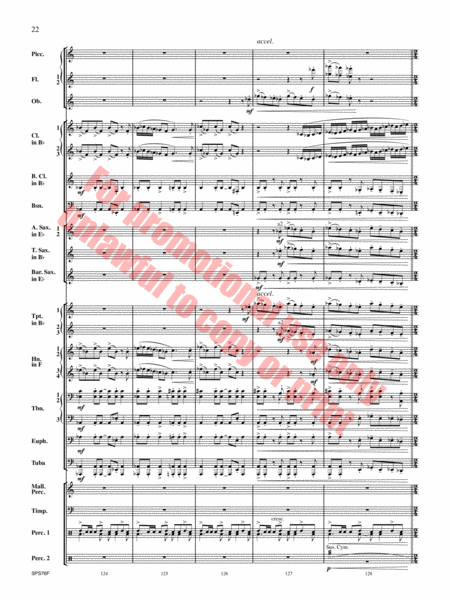
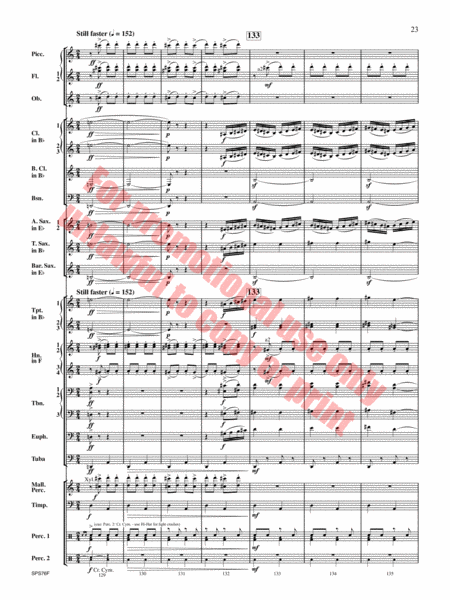
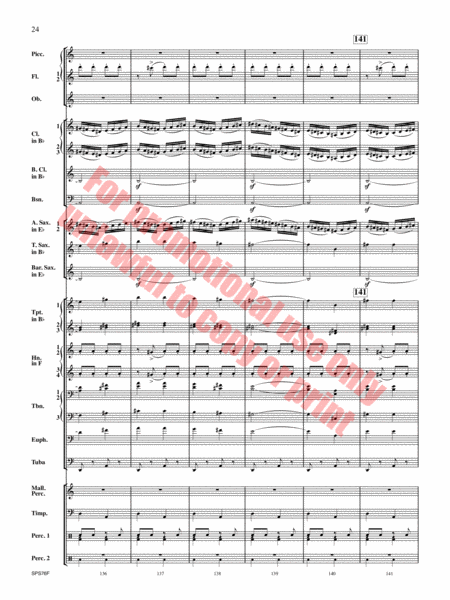
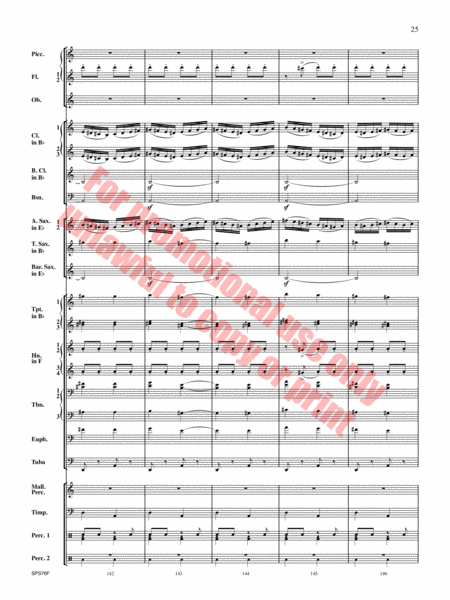
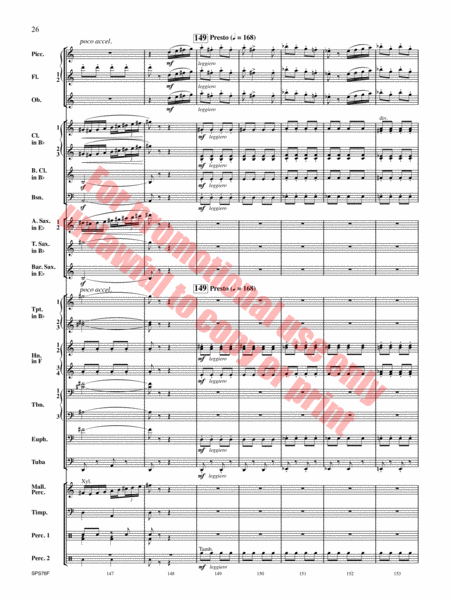
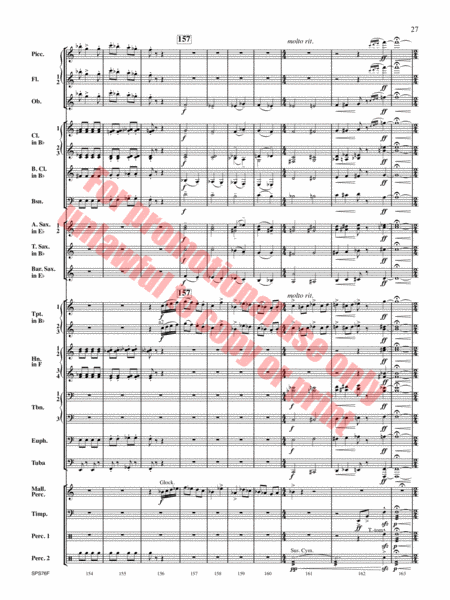
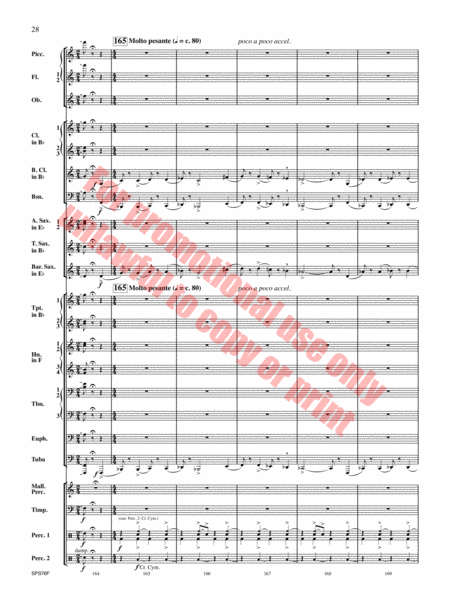
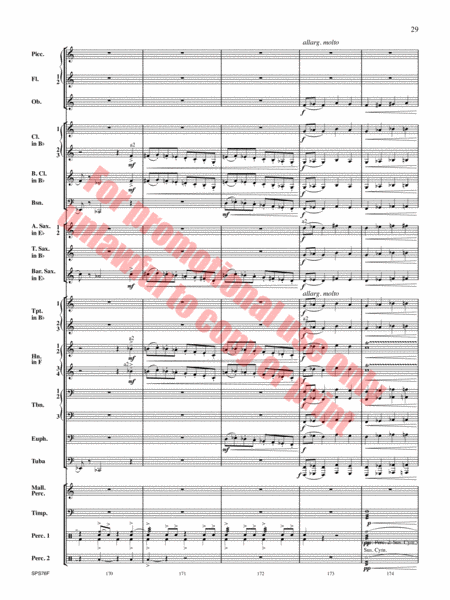
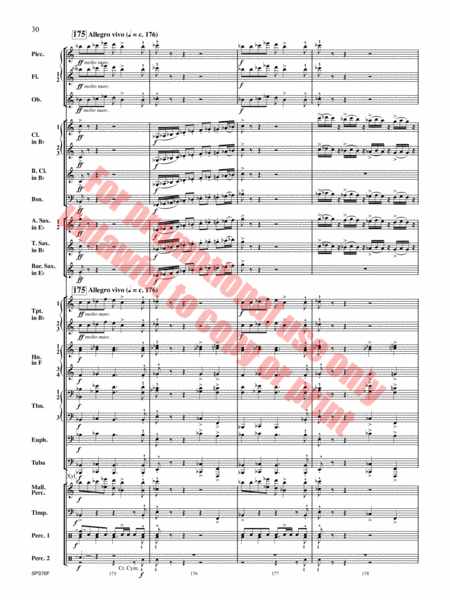
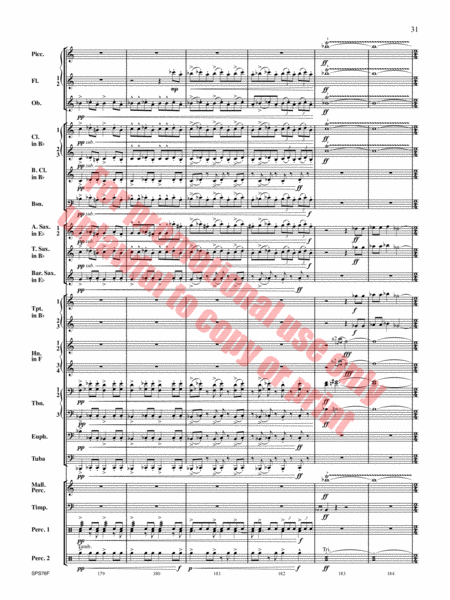
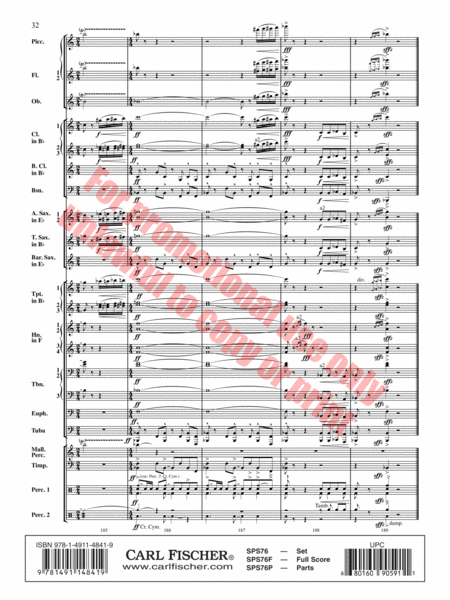
 Share
Share